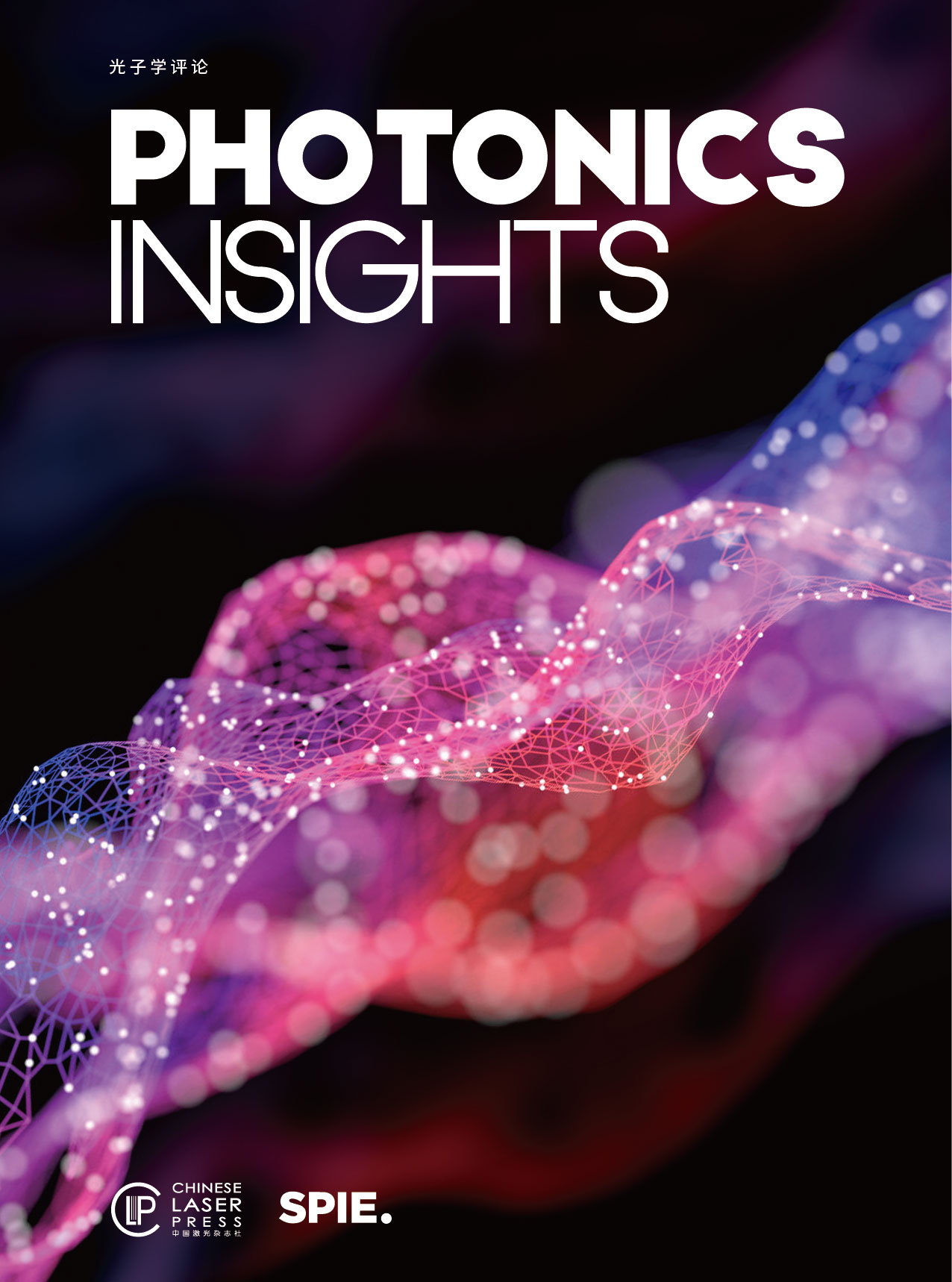 View fulltext
View fulltext
Microcavity exciton polaritons emerge from the strong interaction between light and matter in an optical microcavity where a thin semiconductor layer is sandwiched by two high reflectivity mirrors. Until now these systems are mostly operated at extremely low temperatures. Recently, the rise of room temperature exciton polaritons in new types of microcavities holds the promise of realizing optical and quantum optical technologies in ambient conditions.
Metamaterials and metasurfaces have inspired worldwide interest in the recent two decades due to their extraordinary performance in controlling material parameters and electromagnetic properties. However, most studies on metamaterials and metasurfaces are focused on manipulations of electromagnetic fields and waves, because of their analog natures. The concepts of digital coding and programmable metasurfaces proposed in 2014 have opened a new perspective to characterize and design metasurfaces in a digital way, and made it possible to control electromagnetic fields/waves and process digital information simultaneously, yielding the birth of a new direction of information metasurfaces. On the other hand, artificial intelligence (AI) has become more important in automatic designs of metasurfaces. In this review paper, we first show the intrinsic natures and advantages of information metasurfaces, including information operations, programmable and real-time control capabilities, and space–time-coding strategies. Then we introduce the recent advances in designing metasurfaces using AI technologies, and particularly discuss the close combinations of information metasurfaces and AI to generate intelligent metasurfaces. We present self-adaptively smart metasurfaces, AI-based intelligent imagers, microwave cameras, and programmable AI machines based on optical neural networks. Finally, we indicate the challenges, applications, and future directions of information and intelligent metasurfaces.
Originally a pure mathematical concept, topology has been vigorously developed in various physical systems in recent years, and underlies many interesting phenomena such as the quantum Hall effect and quantum spin Hall effect. Its widespread influence in physics led the award of the 2016 Nobel Prize in Physics to this field. Topological photonics further expands the research field of topology to classical wave systems and holds promise for novel devices and applications, e.g., topological quantum computation and topological lasers. Here, we review recent developments in topological photonics but focus mainly on their realizations based on metamaterials. Through artificially designed resonant units, metamaterials provide vast degrees of freedom for realizing various topological states, e.g., the Weyl point, nodal line, Dirac point, topological insulator, and even the Yang monopole and Weyl surface in higher-dimensional synthetic spaces, wherein each specific topological nontrivial state endows novel metamaterial responses that originate from the feature of some high-energy physics.
The geometric phase concept has profound implications in many branches of physics, from condensed matter physics to quantum systems. Although geometric phase has a long research history, novel theories, devices, and applications are constantly emerging with developments going down to the subwavelength scale. Specifically, as one of the main approaches to implement gradient phase modulation along a thin interface, geometric phase metasurfaces composed of spatially rotated subwavelength artificial structures have been utilized to construct various thin and planar meta-devices. In this paper, we first give a simple overview of the development of geometric phase in optics. Then, we focus on recent advances in continuously shaped geometric phase metasurfaces, geometric–dynamic composite phase metasurfaces, and nonlinear and high-order linear Pancharatnam–Berry phase metasurfaces. Finally, conclusions and outlooks for future developments are presented.
The quest for realizing novel fundamental physical effects and practical applications in ambient conditions has led to tremendous interest in microcavity exciton polaritons working in the strong coupling regime at room temperature. In the past few decades, a wide range of novel semiconductor systems supporting robust exciton polaritons have emerged, which has led to the realization of various fascinating phenomena and practical applications. This paper aims to review recent theoretical and experimental developments of exciton polaritons operating at room temperature, and includes a comprehensive theoretical background, descriptions of intriguing phenomena observed in various physical systems, as well as accounts of optoelectronic applications. Specifically, an in-depth review of physical systems achieving room temperature exciton polaritons will be presented, including the early development of ZnO and GaN microcavities and other emerging systems such as organics, halide perovskite semiconductors, carbon nanotubes, and transition metal dichalcogenides. Finally, a perspective of outlooking future developments will be elaborated.















